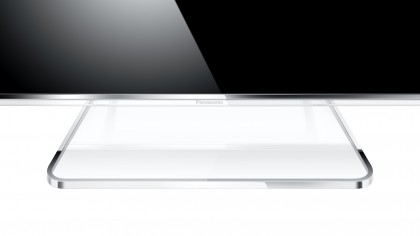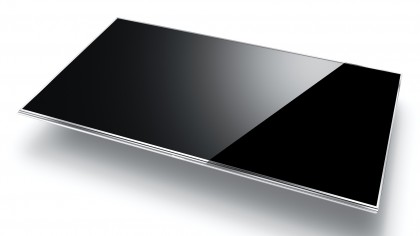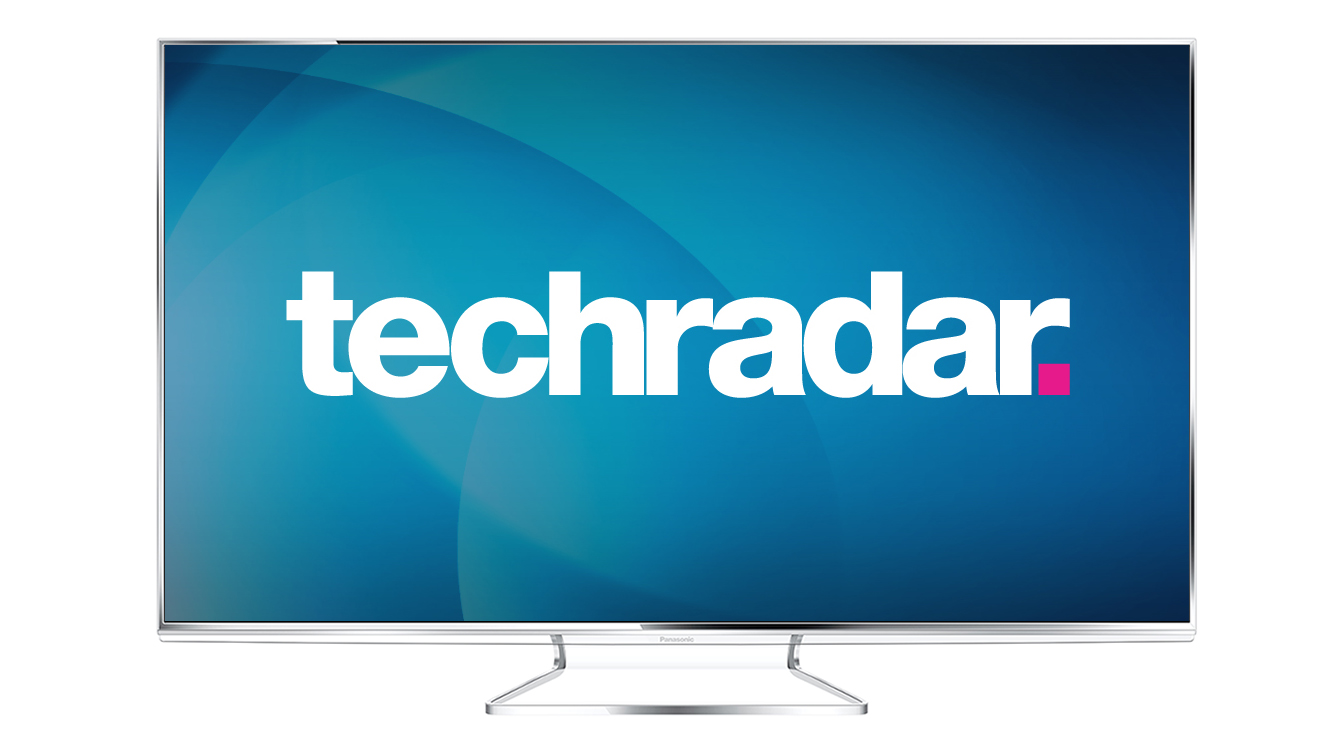Why you can trust TechRadar
If you could judge a TV's picture performance on first impressions alone, the Panasonic Viera TX-L55WT65 would now be the proud owner of a Tech Radar Recommended badge.
For its picture quality with the sort of bright, HD tuner fare we started our testing phase with is nothing short of exceptional.
For starters, the set's colour reproduction is stellar, thanks to a hugely eye-catching combination of ultra-rich saturations, almost infinitely subtle blends/tonal shifts, yet also a keen sense of tonal accuracy that means pictures never look cartoonish despite their dynamism.
An exceptional amount of brightness erupts from the screen too, really helping colours to pop and joining with the subtle blending to give pictures a sense of depth and solidity that's reserved for only the most accomplished TVs.

Another big attraction of the Panasonic TX-L55WT65's pictures is their sharpness. Joining the already mentioned extreme colour subtlety is a deft knack for eking out every last pixel of detail and texture from an HD source, along with - as we'd hoped - some of the finest motion handling we've seen on an LCD TV.
Even if you don't employ Panasonic's Intelligent Frame Creation (IFC) processing, moving objects look clean, sharp and only marginally afflicted by judder.
But the processing power of the Panasonic TX-L55WT65 is such that you can also call in the IFC system if you like - albeit only on its lowest power level - to remove pretty much all judder without leaving images looking either too processed or beset with unwanted processing side effects.
The third instant hit of the Panasonic TX-L55WT65's pictures is their beautifully judged handling of noise. The impressive sharpness is delivered without making edges look stressy or doubled, and without causing images to look fizzy or excessively grainy. This leaves you free to enjoy the image's clarity and richness without any distractions.
Black picture quality

The clearly high-end look to the Panasonic TX-L55WT65's pictures with bright footage, though, unfortunately gives way to disappointment with dark scenes.
The basic problem/conundrum is that if you don't activate the Panasonic TX-L55WT65's local dimming system, the screen's black level response isn't very impressive at all. In fact it falls far short of the black reproduction of rivals such as the Sony 55W905A, Samsung UE55F8000 and Panasonic's own P55VT65 plasma screen.
Yet if you do employ the local dimming system, even on its lowest power setting, you can clearly see areas of light 'blocking' - sometimes stretching right across the picture - around bright objects when they appear against dark backdrops.
This blocking phenomenon used to be very common with edge LED TVs that use local dimming, but Sony and Samsung have both proved that it's possible to employ local dimming in an edge LED configuration much more subtly and less distractingly than it is employed here.

Adding to the distractingly uneven look to dark scenes on the Panasonic TX-L55WT65 is an overactive dynamic contrast system that shifts the image's overall brightness level up and down too regularly and too extremely in its bid to react to the brightness levels of the content being watched.
As well as such overt shifts distracting you from what you're watching, the dynamic contrast system can go so extreme during the darkest scenes that shadow details are crushed out of the darkest corners.
The Panasonic TX-L55WT65 is not a total loss where dark scenes are concerned. If they contain a reasonably even tone rather than a mix of light and dark content then Panasonic's screen is capable of hitting some impressively deep and even black levels.
But of course, unremittingly dark fare is actually quite rare. It's much more common to come across scenes that contain a mixture of dark and light, and with these you're all too often made aware of the technology behind the Panasonic TX-L55WT65's pictures, rather than being immersed in the pictures themselves.
SD and 3D pictures

There are three more areas of the Panasonic TX-L55WT65's picture quality to cover - all of them good, as it happens.
First, the set proves unusually able when it comes to upscaling standard definition sources.
Lots of detail is added, but at the same time noise is cunningly suppressed and colour tones continue to look crisp and rich, largely avoiding the tonal slippage still common when watching standard definition sources on LCD TVs.
The Panasonic TX-L55WT65's 3D pictures are strong too, making good use of the set's colour, clarity and colour finesse to produce an unusually bright, punchy 3D image that contains a superbly rendered sense of depth and space.

There's some evidence of jaggedness around curved edges, and detail levels aren't as high as they are on the best active 3D TVs.
But these inevitable passive 3D shortcomings will for many people be easy to live with, given how relatively relaxing it is to watch passive 3D technology's bright and flicker-free active 3D images.
One last strong point of the Panasonic TX-L55WT65 is that its use of an IPS panel enables you to watch it from a wider angle before the image loses contrast and colour than happens with other LCD technologies.
With its bright colours, good sharpness and clean motion processing, the Panasonic TX-L55WT65 is a potentially tasty gaming monitor. However, its gaming appeal is dealt a blow by the fact that we measured the screen's input lag at 66ms - twice as high as we like to see from an LCD TV.
John has been writing about home entertainment technology for more than two decades - an especially impressive feat considering he still claims to only be 35 years old (yeah, right). In that time he’s reviewed hundreds if not thousands of TVs, projectors and speakers, and spent frankly far too long sitting by himself in a dark room.

